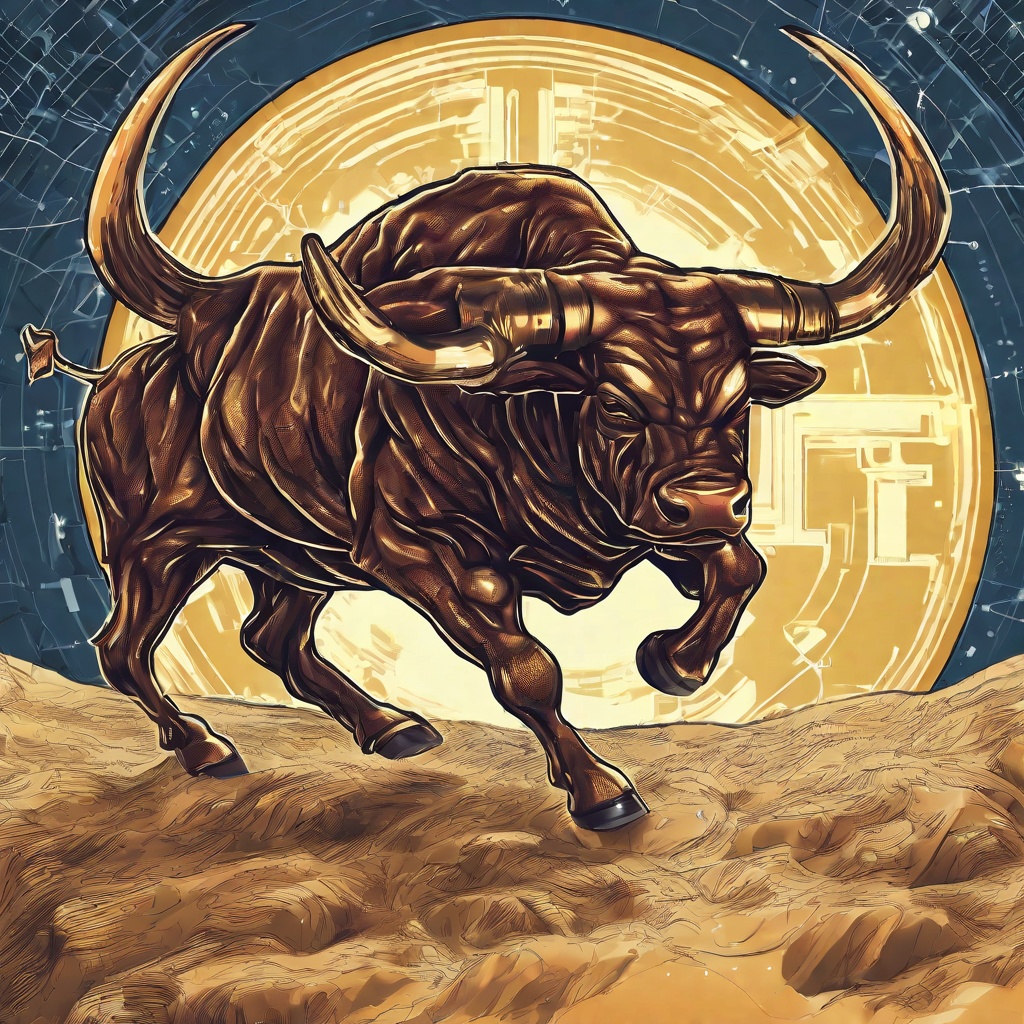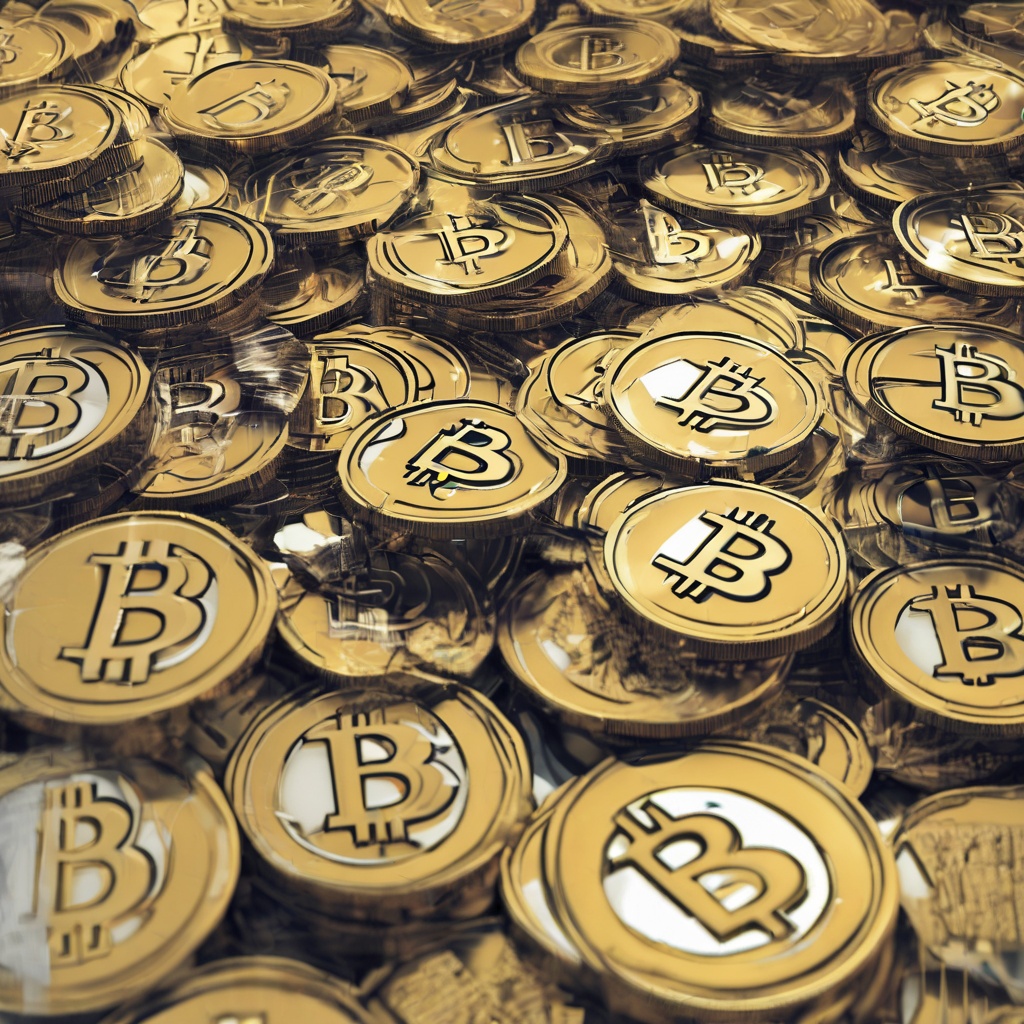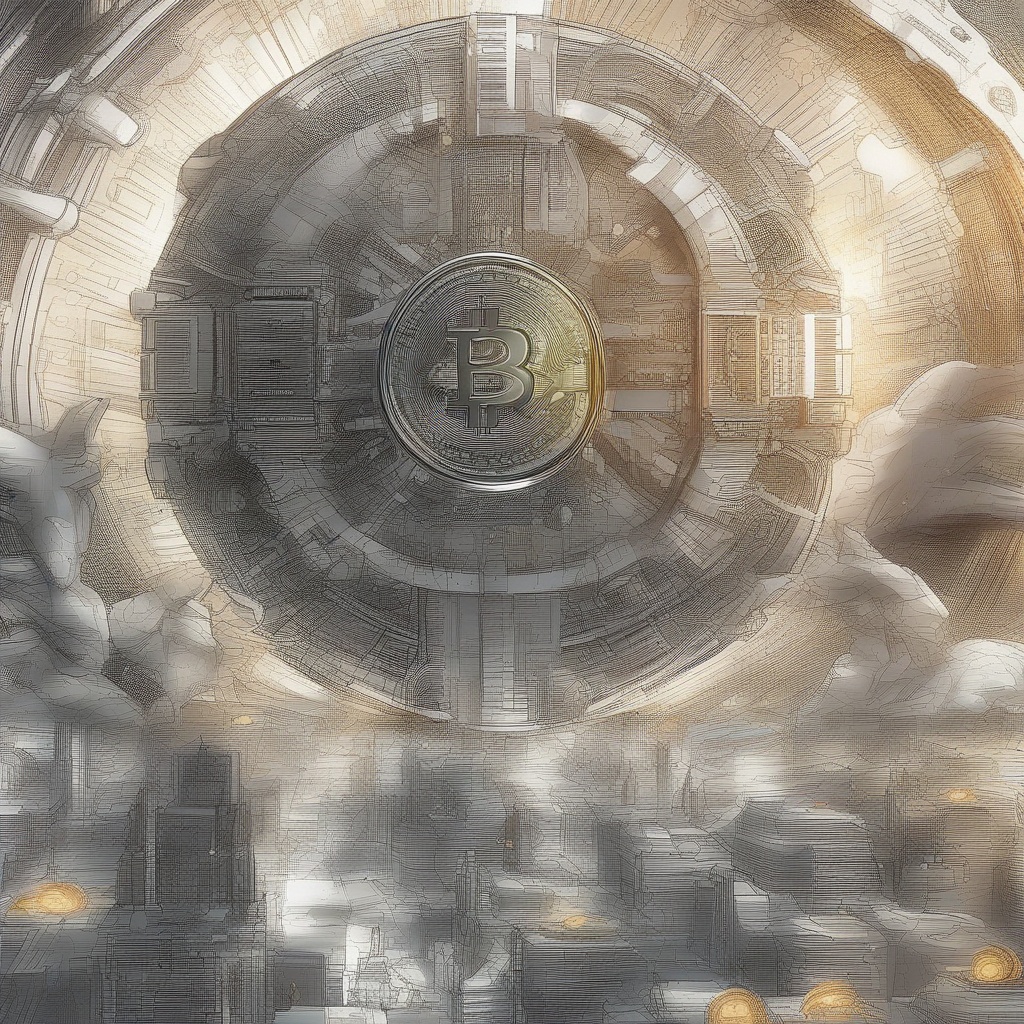Will DOGE ever recover?
I'm really worried about my investment in DOGE. It's been a rollercoaster ride lately, and I'm not sure if it's going to recover or not. What do you think? Should I hold on to it or cut my losses and move on? I've heard so many conflicting opinions about cryptocurrency, and it's really hard to decide what to do. Can you give me some advice? I'm really struggling with this decision.

Which crypto will boom in April 2024?
As a professional practitioner in the field of cryptocurrency and finance, I'm sure you're constantly monitoring the market trends and developments. Given your expertise, I was wondering if you could provide some insight into which cryptocurrency might experience a significant surge in value in April 2024? I'm particularly interested in knowing which coins have the potential to offer high returns in the coming months. Your thoughts and predictions would be greatly appreciated.

Why was Binance banned?
Could you please explain why Binance was banned? I've heard a lot of conflicting reports about the reasons, and I'm really curious to understand the official stance. Was it due to regulatory issues, security breaches, or something else? And how does this ban affect the cryptocurrency community and investors? I'm interested in knowing the details and implications of this decision.

Which country is Binance from?
Excuse me, I am quite interested in the cryptocurrency industry and have been following Binance for some time. Could you please tell me which country Binance is based in? I understand that Binance is a globally renowned crypto exchange, but I am still unclear about its geographical location. Could you provide me with some insights? Thank you very much for your help.

Why can't I withdraw money from Binance?
I'm really puzzled. I've been trying to withdraw my funds from Binance for the past few days, but the transaction just won't go through. I've checked my account balance, and the funds are definitely there. I've also double-checked all my withdrawal details, including my bank account information and the withdrawal limits. Everything seems to be in order, but still, I can't seem to withdraw my money. Is there something I'm missing? Or could there be a technical issue with Binance's system? I'm really worried about this, as it's my hard-earned money. Could you please help me understand what's going on and how I can resolve this issue?

